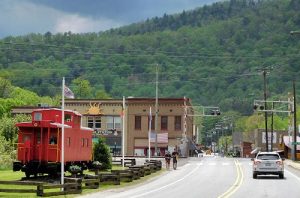History of the Appalachian Trail
1921: The trail was conceived by a regional planner Benton MacKaye who wrote his original plan, detailing a grand trail that would be a place for urban dwellers to get away.
1922: MacKaye’s idea was publicized with a story in the New York Evening Post under a full-page banner headline reading “A Great Trail from Maine to Georgia!”
1923: The first section of the trail was completed in October.
1925: The Appalachian Trail Conference (ATC) organization was formed in March.
End of the 1920s: Arthur Perkins, a retired judge, and his associate, Myron Avery, took over the ATC. Avery adopted the more practical goal of building a simple hiking trail.
1936: Avery became the first to walk the trail end-to-end, though not as a thru-hike.
1937: The trail was completed to Sugarloaf Mountain in Maine in August and the ATC shifted its focus toward protecting the trail lands and mapping the trail for hikers.
1948: Earl Shaffer of York, Pennsylvania, brought a great deal of attention to the project by completing the first documented thru-hike.




